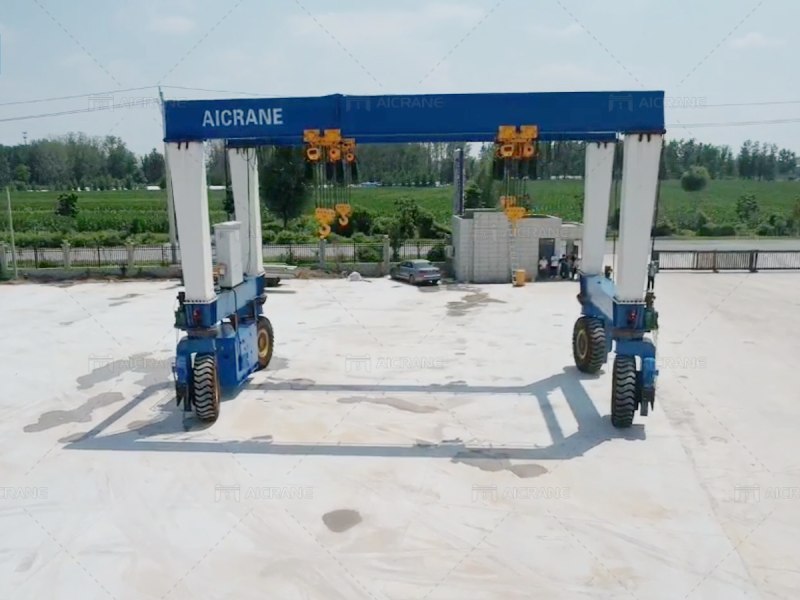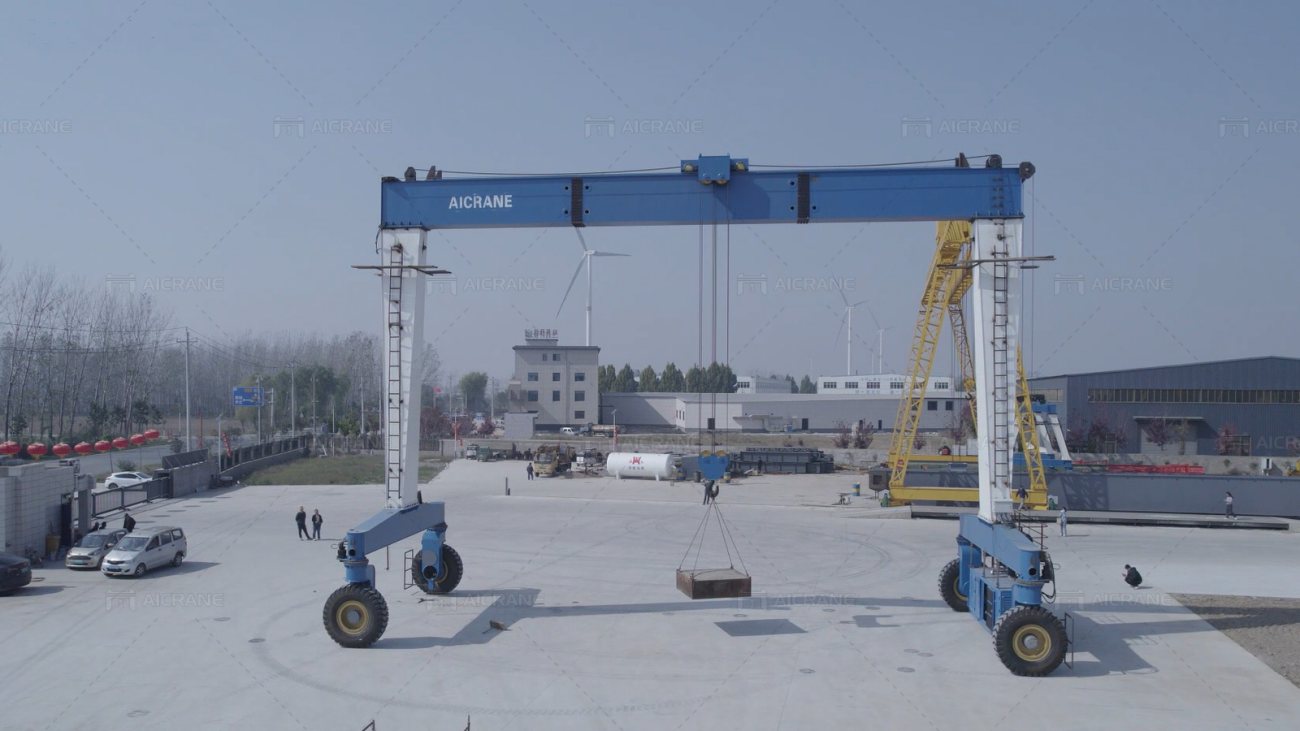In the bustling world of maritime logistics, container terminals are the vital hubs where goods transition between ships, trucks, and railroads. At the heart of these terminals, Rubber Tyred Gantry (RTG) cranes stand as versatile workhorses, revolutionizing container handling operations with their mobility, efficiency, and flexibility. Let’s delve into the world of RTG gantry cranes, exploring their features, benefits, and the crucial role they play in navigating container yards.
Introduction to RTG Gantry Cranes
RTG gantry cranes are specialized handling equipment designed for efficiently moving and stacking shipping containers within container yards or terminals. Unlike traditional fixed cranes, RTG gantry crane is mounted on rubber tires, allowing them to travel along designated pathways between container stacks.

Mobility and Flexibility
One of the key features that sets RTG cranes apart is their mobility. Powered by diesel engines or electricity, RTG cranes can move independently along the container rows, eliminating the need for fixed rails or tracks. This mobility enables RTG operators to navigate congested yards, access containers located anywhere within the terminal, and adapt quickly to changing operational demands.
Operational Efficiency
RTG cranes are engineered for high operational efficiency. They can lift containers from ground level or stack them several units high, optimizing the use of vertical space within the terminal. This vertical stacking capability maximizes container storage density, allowing terminals to handle large volumes of cargo efficiently.
Versatility in Container Handling
RTG cranes are highly versatile and can handle a wide range of container sizes and types, including standard ISO containers, refrigerated containers (reefers), and oversized or heavy containers. Their adjustable spreader beams accommodate different container dimensions, making them suitable for diverse cargo handling requirements.
Remote Control and Automation
Modern RTG cranes are equipped with advanced automation features and remote control capabilities. Operators can remotely maneuver the goliath gantry crane, position containers with precision, and monitor operations from a safe distance. This improves safety, reduces reliance on manual labor, and enhances overall productivity.

Environmental Considerations
In recent years, there has been a growing emphasis on environmental sustainability in port operations. Many RTG cranes now come with eco-friendly features such as hybrid power systems or electric drives, reducing fuel consumption and emissions. This aligns with the industry’s commitment to reducing its carbon footprint.
Benefits of RTG Gantry Cranes
- Optimized Yard Layout: RTG cranes allow terminals to optimize their layout by eliminating fixed rail infrastructure, enabling more efficient use of available space.
- Increased Productivity: The mobility and efficiency of RTG cranes contribute to faster container handling rates, reducing turnaround times for ships and trucks.
- Adaptability to Terminal Expansion: RTG crane machines can be easily relocated or reconfigured to accommodate terminal expansion or operational changes.
- Enhanced Safety: Remote control capabilities and automation features minimize risks associated with manual operations, enhancing overall safety in container yards.
Future Trends and Innovations
Looking ahead, the evolution of RTG crane technology continues with a focus on automation, connectivity, and data analytics. Terminal operators are exploring solutions such as automated stacking cranes (ASCs), 5G connectivity for real-time data exchange, and predictive maintenance using IoT sensors.
RTG gantry cranes have become indispensable assets in modern container terminals, enabling efficient and dynamic container handling operations. Their mobility, operational efficiency, and versatility empower terminals to meet the growing demands of global trade while optimizing resources and minimizing environmental impact. As the logistics industry evolves, RTG cranes will continue to play a pivotal role in navigating container yards and driving innovation in maritime logistics.